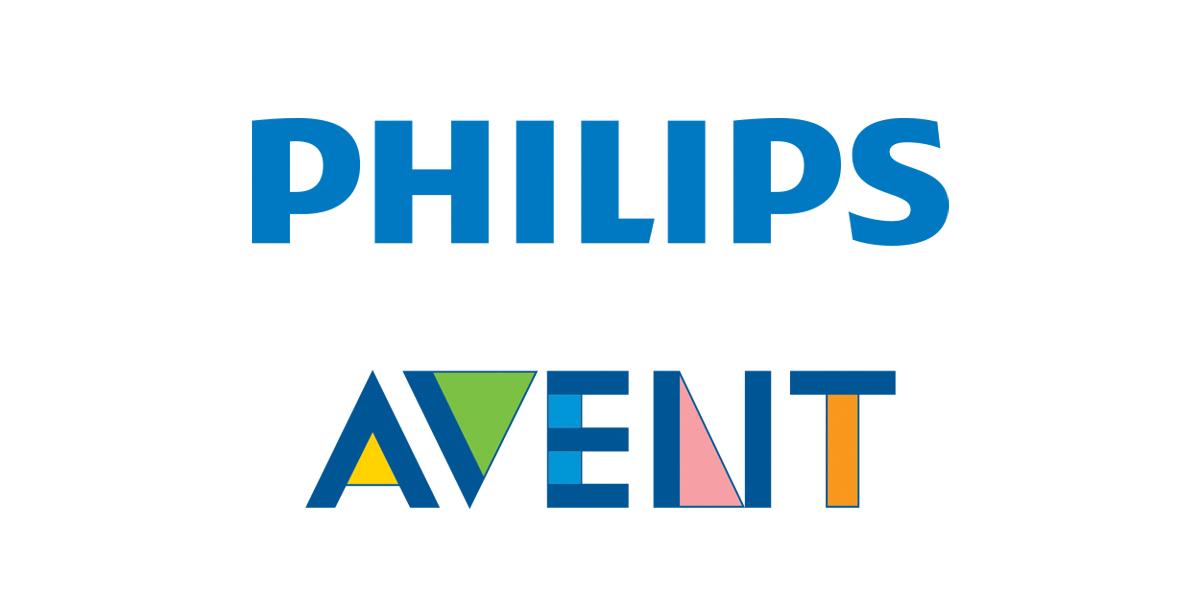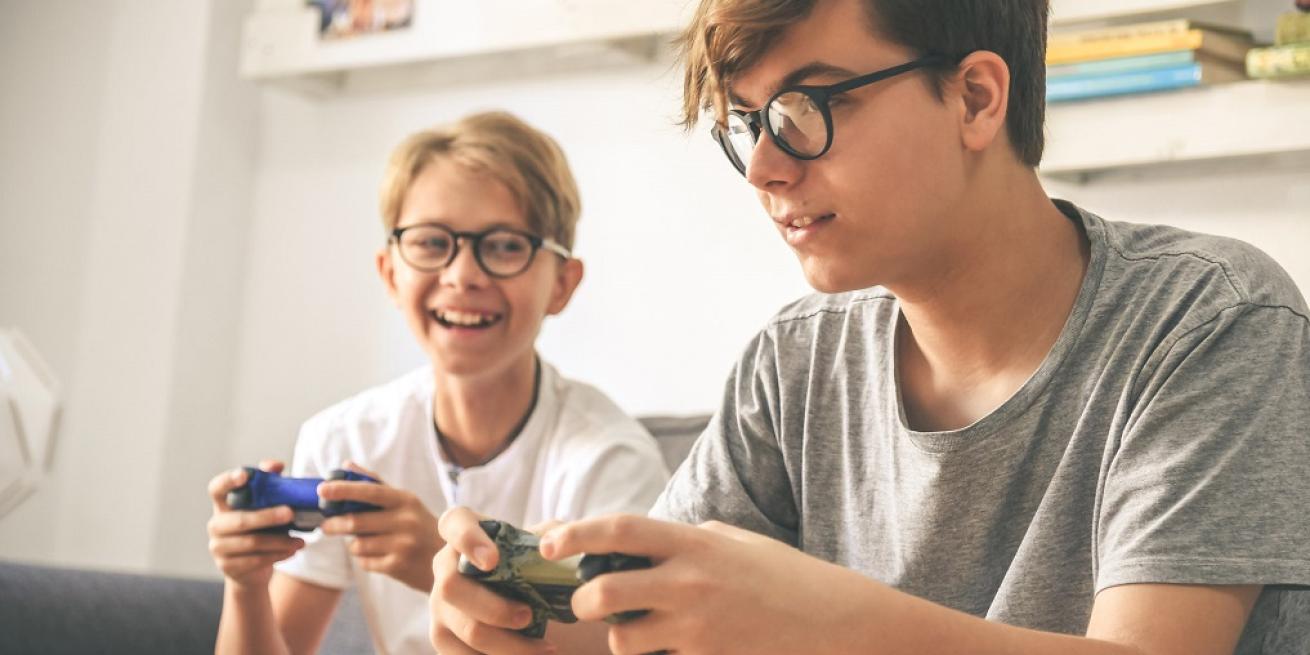Through a child’s eyes, the world can be full of wonder, where everyday objects possess extraordinary powers, and simple pleasures create lasting memories. However, beyond the ability to see the world with spirit and imagination, a child’s actual vision needs are just as unique and important.
How a child sees at home, in school and at play can have a lifelong impact. Even under normal circumstances, a child’s vision can change more frequently than the average adult. The problem is that we usually don’t see it happening. Children may not complain about their vision and think the way they see is normal. Parents also may not easily recognize the signs.
Here are some tips from EyeMed on what to look for and what to do as you take care of your child’s vision needs.
Infant vision: birth to 24 months of age
Babies aren’t born with all their visual abilities. Just like they learn to walk and talk, babies learn to see. If an infant’s eyesight isn’t on the right track, eye and vision problems can cause developmental delays.
Between six months of age and one year, your child should have an eye exam with an optometrist or ophthalmologist. The doctor will check for nearsightedness, farsightedness, astigmatism, amblyopia (or “lazy eye”), proper eye movement and eye alignment, how the eye reacts to light and darkness, and potential signs of eye health problems.
Signs of a possible vision problem:
- Chronic redness in the eye
- One eye moves and the other does not
- One eye does not open
- Persistent rubbing
- A bulge in the eye
- A drooping eyelid
- Squinting
- Tilting the head when looking at things
- Eyes do not follow a toy moved from side to side in front of the child
Preschool vision: 2 to 5 years of age
Up to 80 percent of all learning comes through the visual pathways.1 But according to the American Public Health Association, 10 percent of preschoolers already have vision deficiencies. Taking steps now to see that vision is developing normally can help your child get off to the right start in school.
The American Optometric Association recommends that after their initial exam in infancy, children should again receive an eye exam before entering school.
Signs of a possible vision problem:
- Looks cross-eyed, or eyes do not work in unison
- Closes one eye while reading or examining an object
- Tilts the head when looking at something
- Rubs eyes when not sleepy
- Excessive tear production
- Overly sensitive to light
- Has white, grayish-white or yellow colored matter in the pupil of the eye
- Bulging eyes
- Redness in eyes that does not lessen in a few days, sometimes accompanied by pain or light sensitivity
School-aged vision (6 to 18 years of age)2
As children get older, parents should take their children to the eye doctor even if they don’t complain of problems seeing. Nearsightedness often doesn’t develop until at least age 11. While simple eye checks, including vision screenings at school, can help detect common problems such as difficulty seeing from a distance, they may not catch all types of vision disorders. And they’re not designed to evaluate the health of the eyes.
Just like check-ups and trips to the dentist, annual eye exams should be a part of your child’s wellness routine.
Signs of a possible vision problem:
- Needs to hold a book very close while reading
- Squinting
- Recurrent headaches
- Complaints of achy, tired eyes
- Eyes do not seem to work in unison
Identifying and correcting vision issues as early as possible can impact a child now and throughout his or her life. Make sure your child’s eyes and vision are examined at the recommended times and contact your pediatrician or eye doctor if you see any signs of a vision problem. When you do, you can help your child see a future full of possibilities.
Did You Know?
Did you know that a photo could provide valuable and life-saving information about the health of a child's eyes?3 Learn more about how a photo can help indicate issues with your child's eyesight.
1. Vision Therapy for Learning. Optometrists Network. April 2021
2. School-Aged Vision. American Optometric Association. 2022
3. Photos Can Help Diagnose Children’s Eye Problems and Save Sight. American Academy of Ophthalmology. 2022






